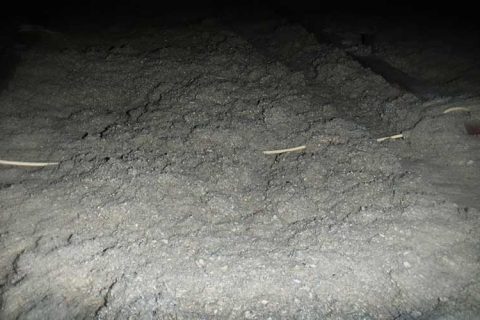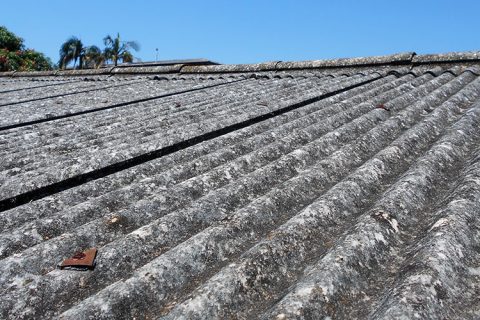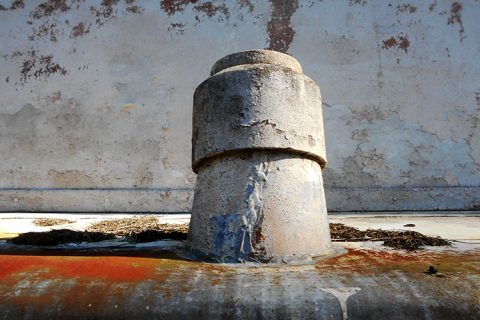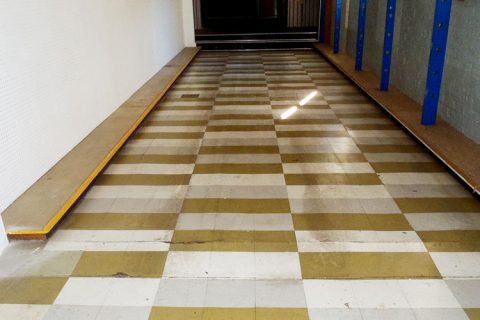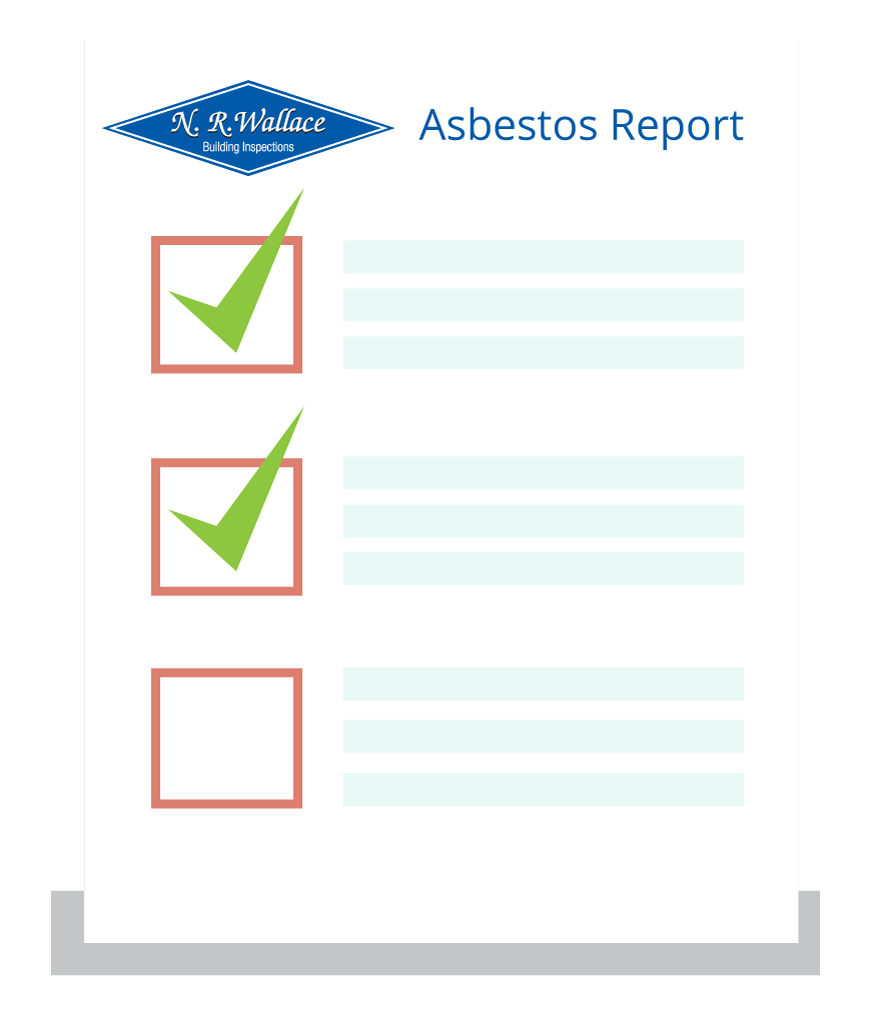Exposure to asbestos fibres can result in health hazards and diseases such as lung cancer, asbestosis or mesothelioma.
Asbestos Containing Materials (ACM) found in buildings
The most common ACM found in buildings is asbestos cement sheeting (AC), corrugated roof sheeting, roof shingles, gutters and downpipes, water and drainage pipes, toilet cisterns, bitumen felt roofing, Nuralite roofing, floor coverings such as linoleum and underlay, and the mounting boards in electrical meter boxes. These are referred as bonded ACM.
The manufacture and use of all ACM was banned nationally on 31 December 2003. Only fibro products made before 1987 contain asbestos. In NSW, the use of asbestos fibro sheets was discontinued in 1982, in corrugated sheets in 1984, and all other products by 1986.
What are the risks with asbestos?
The mere presence of ACM in a building does not mean that the health of the occupants is endangered. However, ACM can become hazardous when due to damage, disturbance or deterioration over time, they release fibres into the air. If ACM is kept in a sound and undisturbed condition, there are no significant health risks, and does not require removal.
Home Owner
Many home owners are carrying out renovations and improvement to their homes. They may not be aware that there could be ACM within their homes which may be disturbed during renovations.
If the works require Council Development Consent, one condition of the consent will be to have an Asbestos Audit and Management Plan, and these have to be submitted to Council prior to removal of any asbestos.
Owners of strata title residential dwellings such as units, villas and townhouses
If the property was built prior to 2003, it is now a Workplace Health and Safety requirement to have an Asbestos Audit, Asbestos Register and Management Plan in place. Contractors working on these properties need to be aware of the presence of ACM.
Non-residential, commercial and industrial buildings
It is a requirement of the Workplace Health and Safety (WHS) Regulations to have an Asbestos Audit, Asbestos Register, Incident Report Sheet, and Management Plan in place. This is the responsibility of the ‘controller’ of the building which can be the owner, management group or tenant.
The Register and Management Plan have to be readily available to all occupants/employees. The Incident Report Sheet must accompany the Register and Management Plan, and be updated annually and/or if there has been any change in the status of the ACM.
Asbestos removal contractors
Removal of more than 10m2 of ACM must be carried out by licensed asbestos removal contractors. It has been a requirement since 1 July 2012 that after removal of all bonded asbestos, the contractor must obtain a Clearance Certificate. This basically confirms that the asbestos has been removed satisfactorily and there are no remnants left on the site, and it is safe for people to carry out further work or occupy the property without the prospect of any health risks. Failure to comply with the new requirements may result in penalties to contractors.
We can carry out all inspections and audits, provide reports, Asbestos Registers, Incident Report sheets, and Management Plans in accordance with Safe Work and Council requirements and with accordance with the code of practice for safe management of asbestos. We hold appropriate qualifications and are fully insured for asbestos inspections and assessments.

